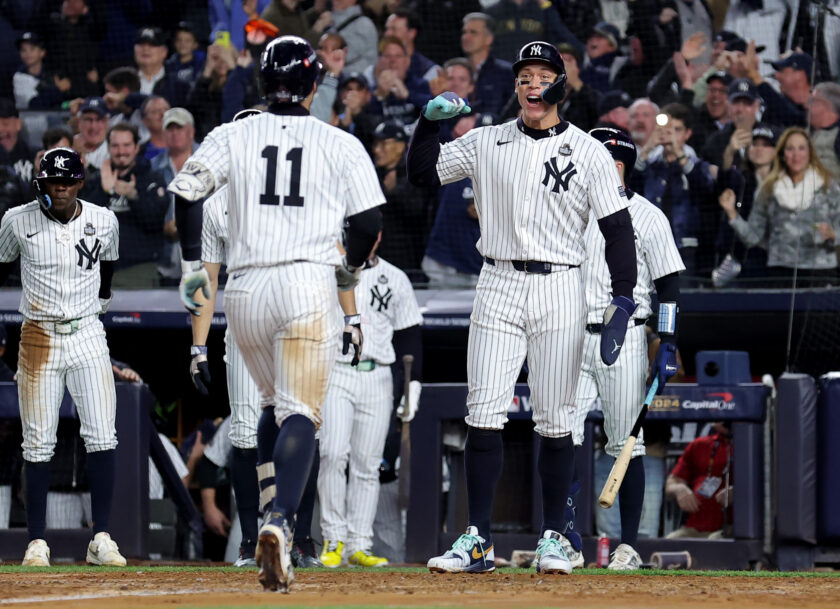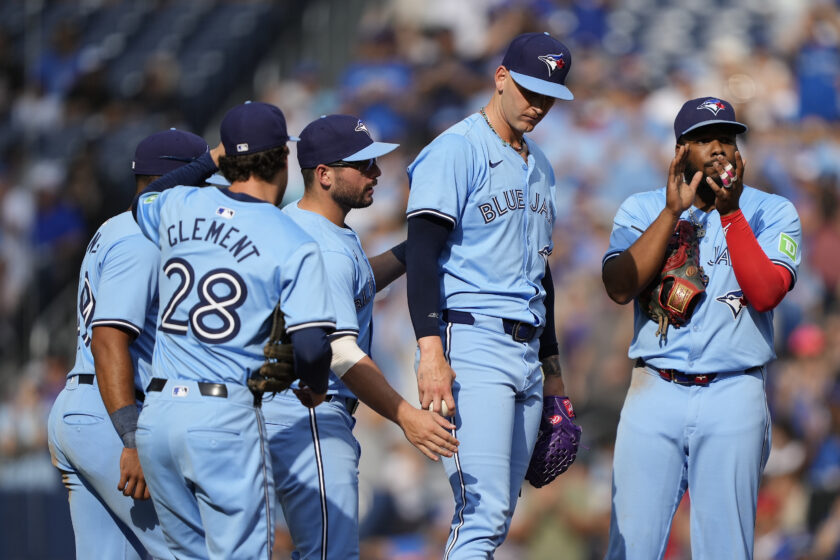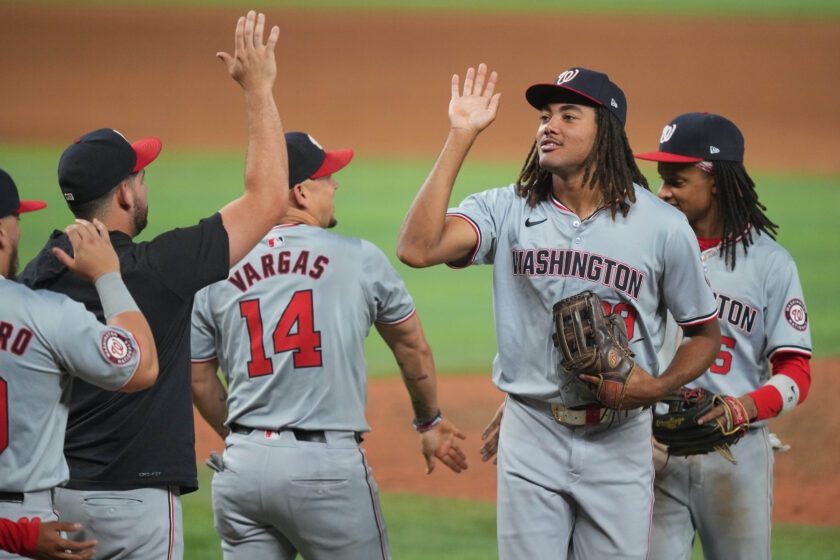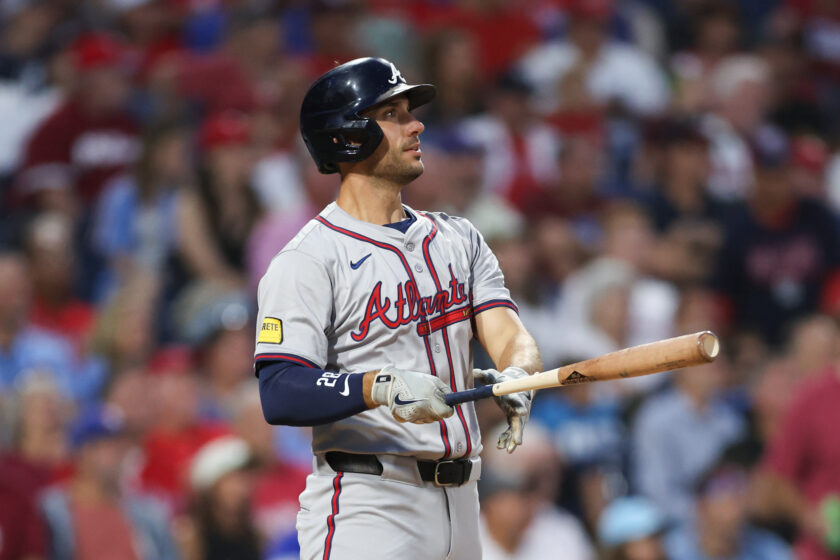2018 NCAA Tournament: ‘First Four’ fertile ground for bracket busters
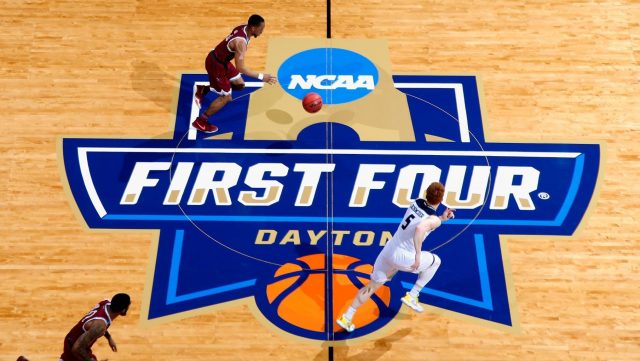
The 2018 NCAA Tournament officially begins Tuesday as the “First Four” kicks off March Madness. Who will break the bracket this year?
When I was at ESPN I remember staying up one night trying the best way to configure the NCAA Tournament. At that time, the tournament had just 65 teams. I devised a system where you would have the 31 conference tournament champions and the Ivy League regular season champion (they were the only conference not to have a postseason tournament—their automatic bid went to the regular season champ) in one bracket and the other side of the bracket would be the 32 at-large teams.
My point was to devise a system where teams from the smaller conferences that get just one bid, like the Big South or Atlantic Sun, had a chance to win some games. Needless to say, my system didn’t get much positive feedback, but the NCAA has done a pretty good job helping those smaller schools in recent years.
Tuesday and Wednesday night represent the eighth season of the “First Four” teams playing in Dayton, Ohio. It helps the smaller schools get a chance to get primetime recognition and win at least one game in the NCAA Tournament.
Some people still refer to Tuesday night’s games as “play-in” games. They are not. Teams that win get credit for an NCAA Tournament win.
Since the format debuted in 2011, one team playing in the “First Four” has advanced to at least the Round of 32 every year and—on three occasions—that team advanced to at least the Sweet 16.
For those of you looking to win your bracket, this gives you more of a reason to pay attention to the First Four games.
| Team | Advanced To |
|---|---|
| USC | Round of 32 |
| Wichita St. | Round of 32 |
| Dayton | Round of 32 |
| Tennessee | Sweet 16 |
| La Salle | Sweet 16 |
| South Florida | Round of 32 |
| VCU | Final Four |
| >> Each among "last 4 teams in" tournament field |
Of those teams, only VCU in 2011 was able to make a run to the Final Four.
For those of you who don’t remember, the 2011 NCAA Tournament was one of the most amazing in \history as the Connecticut Huskies won.
The Huskies, although not a “First Four” team, became the only team to win five consecutive conference tournament games just to reach the NCAA Tournament. Led by Kemba Walker, they completed their run by winning their final 11 games to win it all.
This season, Arizona State’s early season’s victories over Xavier and Kansas really intrigue me. They have stunk up the joint lately (losing five of last six), but if they get hot from the field like they did early, look out.
UCLA always is another interesting team to look at to break the bracket (one can’t ignore victories over Kentucky and Arizona). If they find themselves clicking together like they did in those wins earlier in the season, they could be the 2018 version of Connecticut.
If you are looking to pick No. 16 seeds, Mike Davis’ experience in taking his fourth team to the NCAA Tournament (Texas Southern) is a valuable asset. However, anything beyond that is not suggested, as No. 16 seeds are 0-132 against No. 1 seeds all-time.
As far as other double-digit seeds outside the final four, ESPN.com gives Davidson, a No. 12 seed, the best chance to pull off a first-round upset. They’re also the double-digit seed with the best chance to reach the Sweet 16 (18 percent).
If you are looking for other potential double-digit seeds to reach the Sweet 16, consider No. 11 seed Loyola-Chicago (12 percent), No. 10 seeds Butler, (10 percent) and Texas (9 percent) and No. 12 seed New Mexico State (9 percent).
Have fun picking your bracket this season.
[sc name=”Nets Link Next” link=”https://elitesportsny.com/2018/03/12/brooklyn-nets-joe-harris-celebrated-virginia-acc-title/” text=”Nets’ Joe Harris Celebrated UVA’s ACC Tourney Win In Style” ]Mark Everett Kelly, formerly of ESPN, Mark Everett is a 2-time Emmy Winner that had to retire from ESPN in 2008 due to side effects of cancer treatment. Since then Mark has been active as a Public Speaker, Author and Blogger. He is a Sports History Expert and his speeches inspire many who fight daily setbacks to pursue their goals.
Mark occassionally writes for ESNY. He is the author of "My Scars Tell A Story" which highlights his endless battle fighting the side effects of cancer treatment. He also blogs on his website, ckmagicsports.com about "Living As A Cancer Survivor". Mark also does not hide that he has a personal relationship with Jesus. He despises judgemental people and his speeches encourage and speak up for those who can't speak for themselves.

